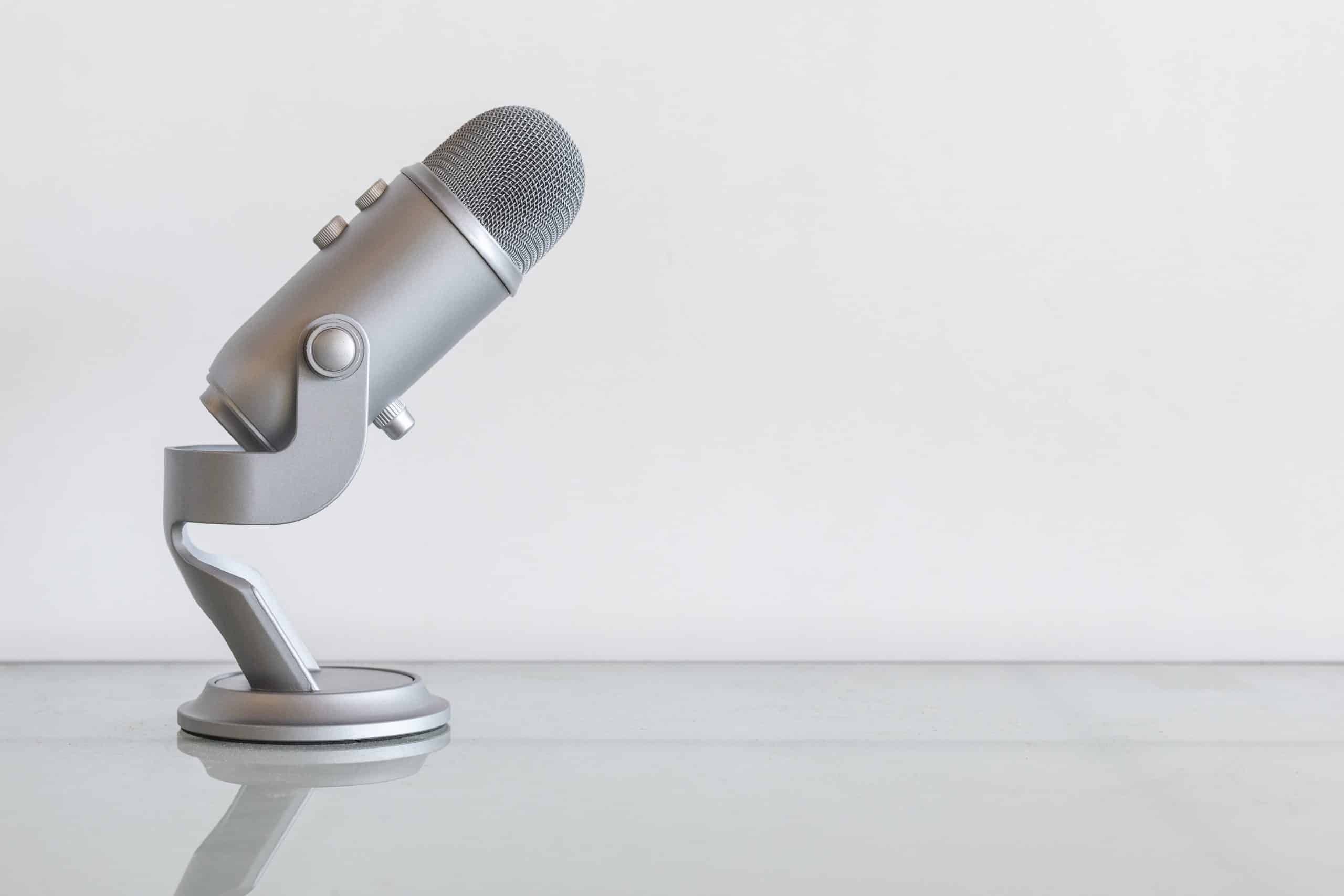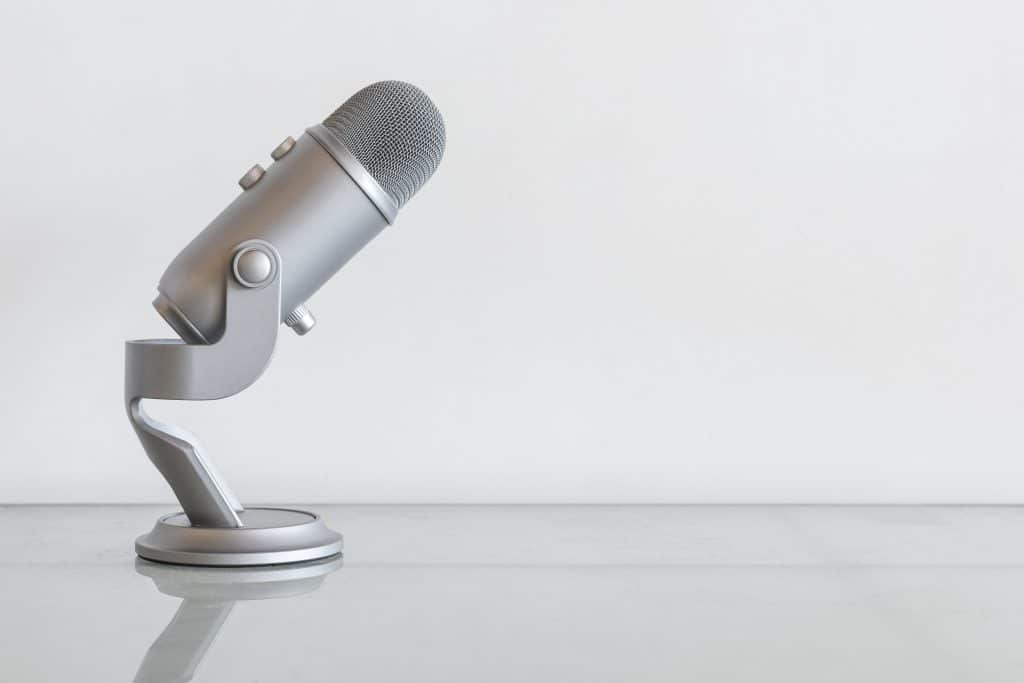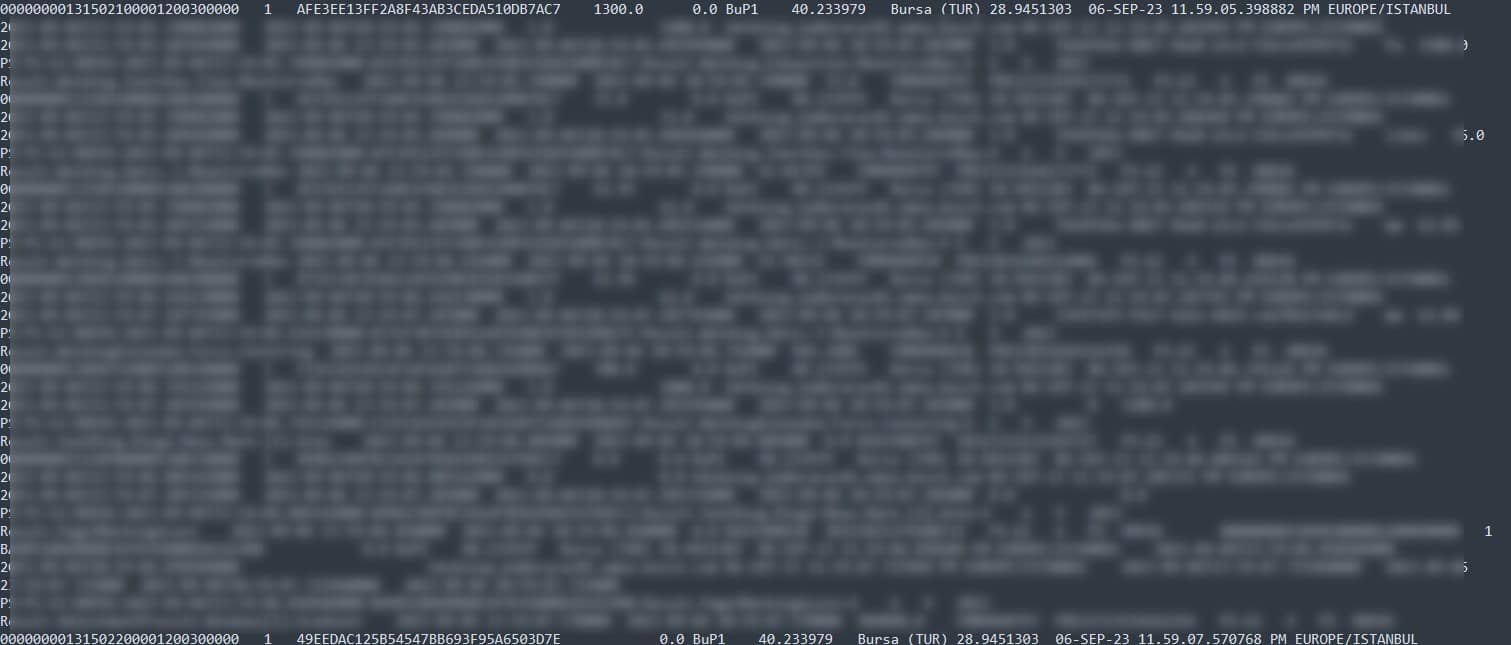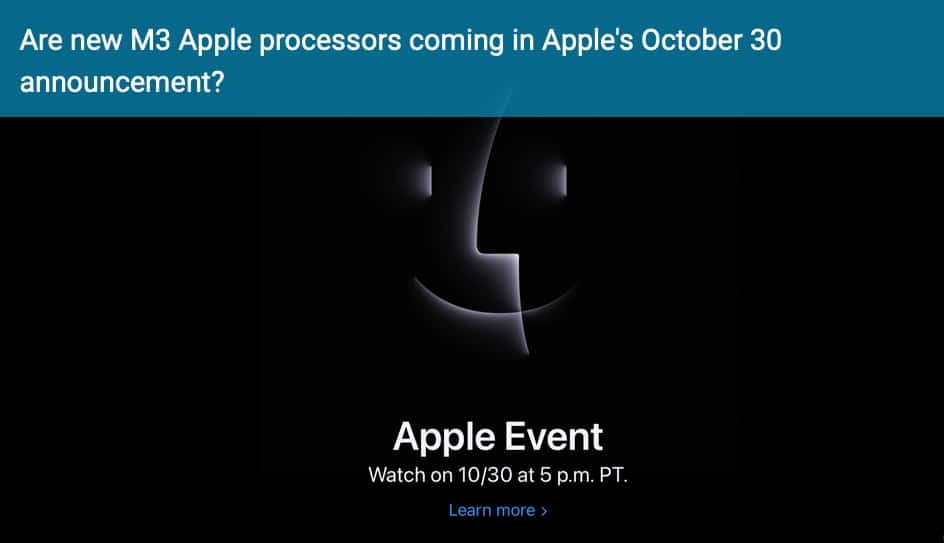Safari Microphone Activation Problem

Safari Microphone Activation Problem and How to Fix It
Safari is Apple’s native web browser for macOS, widely appreciated for its streamlined interface, efficiency, and robust privacy features. Occasionally, however, some users encounter an unsettling issue: the microphone icon in the macOS menu bar remains active, even after explicitly denying microphone access for Safari. This discrepancy not only raises security and privacy concerns but can also be distracting. If you have ever wondered why Safari might be requesting or appearing to request microphone access when you’ve disallowed it, this article will clarify the underlying causes and guide you through various solutions.
tccutil reset MicrophoneTable of Contents
Understanding macOS Microphone Permissions
On macOS, microphone permissions are managed through a framework known as TCC (Transparency, Consent, and Control). When any application—be it Safari, Zoom, or another program—wants to use your microphone, it must first request your permission. This request is saved in the system’s permissions database, meaning future usage of your microphone typically relies on previously stored “Allow” or “Deny” decisions.
However, this permission system can sometimes become confused or corrupted. For example, you might have denied Safari access to your microphone, but the operating system mistakenly continues to think permission was granted. In other cases, some background process or extension associated with Safari could trigger the microphone icon, making it appear as if Safari is actively recording. Understanding how macOS manages microphone permissions is the first step in diagnosing why the microphone icon keeps appearing.
Why Safari Might Trigger the Microphone Icon
When the microphone icon lights up in your macOS menu bar, it’s a signal that some process is using, or at least has requested, the microphone. If you have made sure that Safari’s settings are set to “Deny,” you may wonder how this could still occur. Below are some common reasons:
- Cached Permissions: Safari or macOS might not have updated to reflect recent changes to your microphone settings, so a prior “Allow” setting remains cached.
- Background Tabs: Some website tabs, perhaps loaded in the background, could be requesting microphone access repeatedly. Even if denied, these requests might still cause the icon to appear momentarily.
- Corrupt Preferences: Configuration files in Safari or in the macOS permission database could become corrupted, leading to inconsistent behavior.
- Third-Party Extensions: A browser extension or plugin might be accessing audio features, inadvertently causing the microphone icon to stay active.
- Other Applications: Sometimes, the icon isn’t even triggered by Safari at all; instead, another open application is using the microphone, but you spot the icon only when you’re in Safari.
By pinpointing why your microphone icon might be active, you can then move on to solutions that address the root cause.
Basic Steps to Troubleshoot
Before diving into advanced methods, it’s always wise to start with basic troubleshooting steps. These simple measures can often resolve the problem quickly, saving you the time and effort of resetting deeper system configurations.
1. Close Unnecessary Safari Tabs
Sometimes, a website loaded in another tab may keep requesting microphone access. Even if you previously denied it, scripts on the webpage could be causing repeated prompts. Close any tabs you’re not actively using and see if the microphone icon disappears.
2. Review Safari Website Permissions
Open Safari, go to Safari > Settings (or Preferences on older macOS versions), then click on the Websites tab. Select Microphone in the sidebar. You’ll see a list of sites with corresponding permission statuses (Ask, Deny, or Allow). Make sure all entries you do not trust are set to Deny. If you find a site listed as “Allow,” change it to “Deny” and then reload Safari to see if the microphone icon turns off.
3. Check Other Open Apps
Sometimes, Safari gets blamed for a microphone icon caused by another app. Check your Dock for running apps like Zoom, Skype, or recording software. Additionally, open Activity Monitor (in Applications > Utilities) and look for any unexpected processes that might be accessing your microphone. Quitting or removing suspicious apps could resolve the issue.
Deeper Fixes: Eliminating Stubborn Microphone Requests
If the microphone icon remains lit despite verifying Safari’s settings and other apps, you may need to explore deeper system-level solutions. Two main areas tend to cause recurring microphone issues: Safari’s own preference files and macOS system-wide privacy settings.
Reset Safari’s Preferences
Safari stores a variety of settings in .plist (Property List) files. Over time, these can become corrupted or misaligned with your actual preferences. If you suspect Safari is ignoring your microphone permissions, try the following:
- Quit Safari completely.
- In Finder, press Cmd + Shift + G and type
~/Library/Preferencesin the dialog box. - Locate files named
com.apple.Safari.plistor any Safari-related preference file. - Move these files to the Trash or to a separate folder for backup.
- Relaunch Safari; the browser will rebuild its preference files from scratch.
This reset process will typically remove custom Safari settings, including homepage configurations and saved states. Nonetheless, it can be a potent method for eradicating lingering issues tied to corrupted preferences.
System-Wide Privacy Check
macOS also has a global microphone permission list. Even if Safari is set to Deny at the browser level, the system might still believe Safari is approved if a glitch occurred. Ensure Safari is not marked as having permission in the system settings:
- Click the Apple menu () in the top-left corner of your screen and choose System Settings (or System Preferences on older versions).
- Go to Privacy & Security.
- Select Microphone in the sidebar.
- Check if Safari is listed with microphone access. If it is, uncheck or remove it. If not listed, leave it as is.
Once done, restart Safari and check the menu bar to see if the microphone icon has finally turned off.
TCC Explained: The Root of Most Microphone Issues
The TCC system manages not just microphone permissions, but also camera, location, and various other permissions in macOS. It’s designed to keep users informed and in control whenever an application wants access to a sensitive resource. This system can become confused or corrupted, storing outdated permissions that no longer align with your current settings. The most powerful way to force the system to reevaluate all microphone requests is by resetting the TCC database for your microphone.
TCC stands for Transparency, Consent, and Control, reflecting Apple’s emphasis on user awareness and explicit permission. While this approach generally enhances privacy, corruption within this database can be problematic. That’s where the tccutil command comes in, serving as a built-in macOS utility to reset specific categories of TCC data.

Using tccutil reset Microphone to Fix Persistent Problems
If you’ve checked Safari’s site-specific permissions, cleaned up preference files, and verified that no other app is surreptitiously using the microphone, yet the icon remains stubbornly active, then tccutil reset Microphone may be your ultimate solution. This command resets all applications’ microphone permissions at once, forcing macOS to prompt you again whenever any app wants to use the mic.
Steps to Use the Command:
- Quit Safari (and any other app that might be using your microphone).
- Open Terminal (found in Applications > Utilities).
- Type in
tccutil reset Microphoneand press Enter. - Close Terminal and consider rebooting your Mac for a clean start.
What Happens After the Reset?
Once you issue this command, macOS clears out all historical microphone permission data. The next time you launch Safari or any other application that requests microphone access, you will see a prompt to allow or deny that request. By granting or denying permissions anew, you ensure that any previously incorrect or stale settings no longer cause confusion. In most cases, this is enough to stop the macOS microphone icon from lighting up when you don’t want it to.
Further Tips to Avoid Recurring Issues
Resetting permissions is a robust solution, but you can also take some preventative steps to stop microphone-related hassles from reemerging:
- Regularly Update macOS: Apple frequently releases security and stability updates that can correct glitches in how TCC data is handled.
- Avoid Unnecessary Browser Extensions: Some extensions might attempt to use audio features without your knowledge. Periodically review your Safari extensions, disabling or removing any you don’t need or trust.
- Keep an Eye on Background Apps: Applications like screen recorders, note-taking tools with audio features, or voice assistants can request microphone access. Always verify what’s running in the background.
- Check Login Items: In System Settings > General > Login Items, see what apps launch automatically. Remove any that you don’t recognize or need.
Implementing these best practices reduces the likelihood that microphone-related permissions will become cluttered or misrepresented in the future. By staying proactive, you can preserve a secure and streamlined user experience on your Mac.
A wrongly active microphone icon in the macOS menu bar can be both annoying and disconcerting. When Safari is the suspected cause, the issue usually traces back to misconfigurations at either the browser level or the system level. You may find that simply closing all Safari tabs or toggling site permissions does the trick. But in more stubborn cases, resetting Safari preference files and revisiting system-wide microphone settings in Privacy & Security can help as well.
Ultimately, the tccutil reset Microphone command stands out as a powerful option that sweeps away any corrupted or outdated permission entries in the TCC database. By compelling macOS to rebuild microphone permissions from scratch, you regain full control over which sites and applications can access your microphone. Although running this command may require you to re-approve apps you actually use, it resolves conflicts and ensures that your Mac’s microphone is only active when you explicitly allow it.
In the end, maintaining a secure and private browsing environment requires a mix of vigilance and occasional housekeeping. With these steps at your disposal, you can browse the web on Safari and use your Mac without the unsettling feeling that you might be listened to when you’ve already said “No.” By periodically checking permissions and being mindful of what apps and extensions you install, you’ll find that microphone-related issues become a rare exception rather than a recurring nuisance. Enjoy a safer, more controlled experience on your Mac—knowing that when the microphone icon appears, it’s truly for a reason you approve.
For all your questions, suggestions, and feedback, you can use the Contact link.








